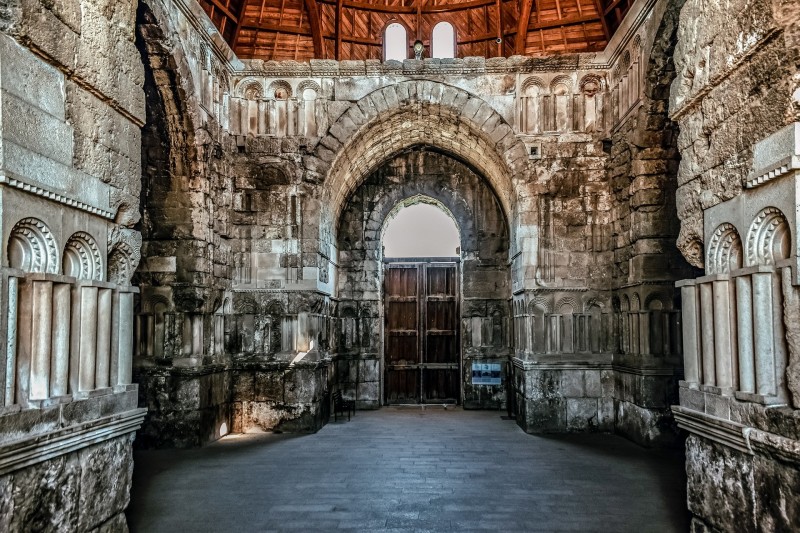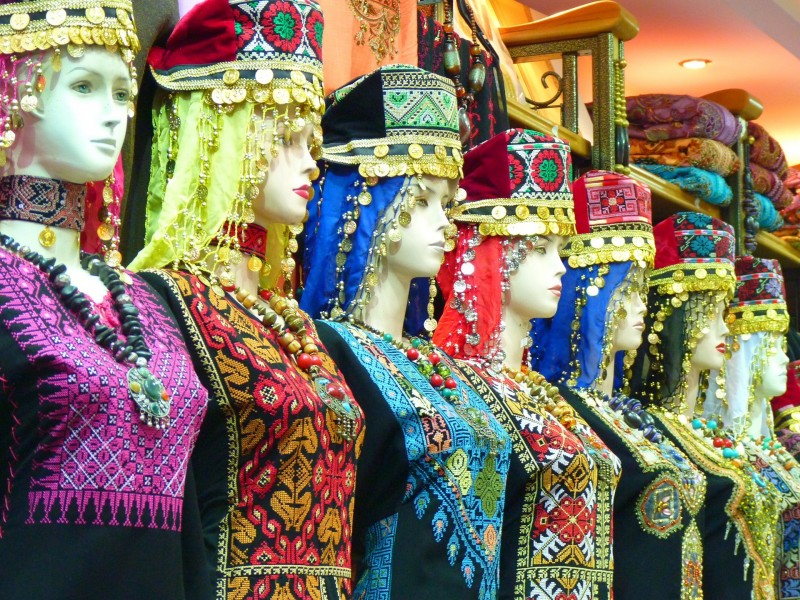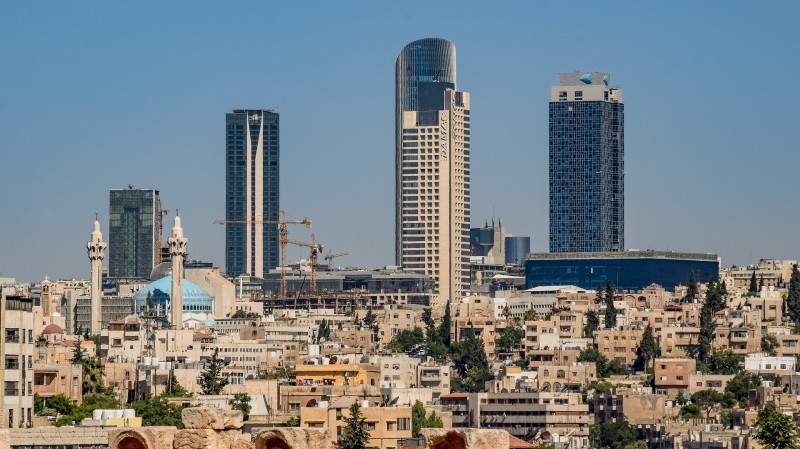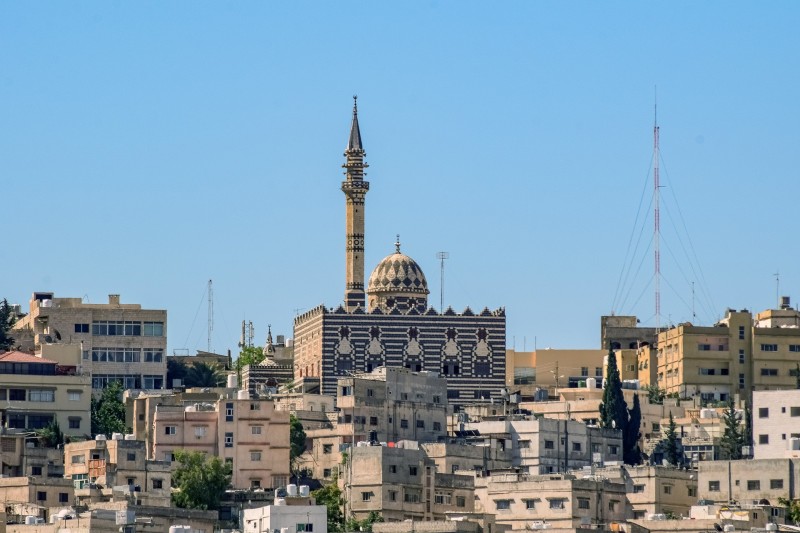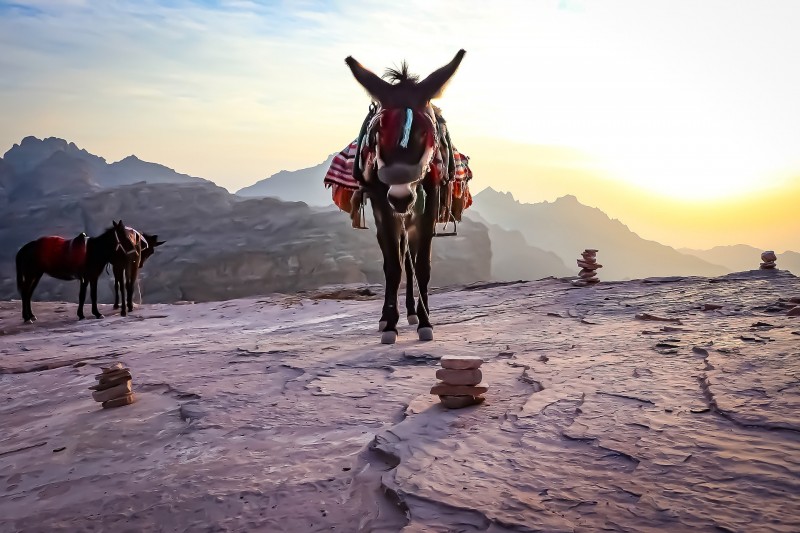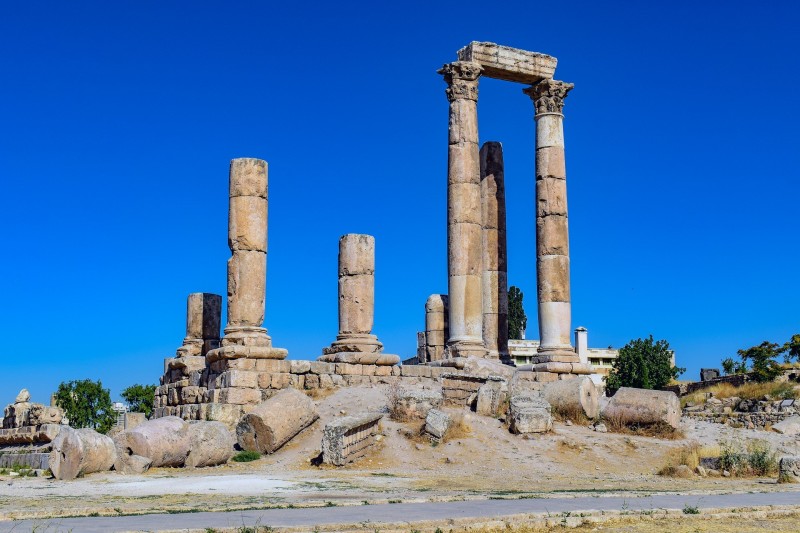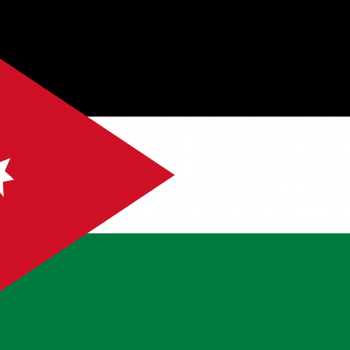Jordan
Jordan
Capital city description
Amman is the capital of Jordan, the country’s most populous city. It is also recognized for its cultural, political, and economic state. Amman is also one of the most westernized cities of the Arab world and is a beloved tourist destination for Arabs and Europeans.
Climate
The climate in Jordan varies greatly. Jordan has a warm Mediterranean climate around the West Bank, with mild, wetter winters and warm, dry summers. Most of Jordan, however, has a desert climate with little or no rainfall. July and August are the hottest and driest months of the year. Throughout Jordan, daytime temperatures rise to around 30 degrees Celsius (86 degrees Fahrenheit) or higher on average. The highest averages in the south can reach temperatures as high as 37 to 41ºC (98-105ºF). The winter period, which runs from December to early March, is mild and less dry than summer.
- Spring: March to May
- Summer: June to August
- Autumn: September to November
- Winter: December to February
Languages spoken
Arabic is the official and widely spoken language in Jordan; simultaneously, English is a foreign language commonly spoken in the country.
Fun/Fascinating Facts
1. The Dead Sea or the Salt Lake in Jordan is the earth's lowest point and lies 402 meters below mean sea level. It has one of the most spiritual and breathtaking landscapes on the planet.
2. The Jordanians believe that praising children too much can invite bad luck and is generally avoided.
3. Jordan is home to more than 100,000 archaeological, religious, and tourist sights. Like Petra, Dead Sea, Wadi Rum, and Jerash, only to name a few. Jordan is rich in history and culture.
4. The Baptism site by the Jordan River is one of modern biblical archeology's most notable discoveries. This area called Wadi Kharar is where John the Baptist resided and was the baptism place of Jesus Christ.
5. The Jawa Dam is the first dam to be built; it was constructed in 3,000 BCE, located in Eastern Jordan's Blac
Unique Customs/Traditions
- Local women in Jordan enjoy considerable freedom when compared with many other countries in the region. Women are entitled to complete education, vote, drive cars, and often play significant roles in business and politics. Arranged marriages and dowries are still common.
- It is common in Jordan that visitors must be greeted with customary cheek kissing while handshaking is impractical.
- The country’s cuisine features dishes using beans, olive oil, yogurt, and garlic. Jordan’s favorite dishes are mansaf – lamb or mutton and rice with a yogurt sauce, which is served on holidays and special family occasions.
- Empty food containers like jars, bottles, and bags are never thrown away.
- It’s a common pastime to make fun of someone speaking in a different Arab accent.
Popular universities
| Name | Description | |
|---|---|---|
| The University of Jordan | The University of Jordan is a non-profit public higher education institution located in the urban setting of the metropolis of Amman. Founded in 1962 and officially recognized by the Ministry of Higher Education and Scientific Research of Jordan. University of Jordan (UJ) offers courses and programs leading to officially recognized higher education degrees such as bachelor's degrees in several areas of study. | |
| Jordan University of Science and Technology | Jordan University of Science and Technology is a non-profit public higher education institution located in the suburban setting of the city of Irbid. Established in 1986 and officially recognized by the Ministry of Higher Education and Scientific Research of Jordan. Jordan University of Science and Technology (JUST) offers courses and programs leading to officially recognized higher education degrees such as bachelor's degrees, master's degrees, doctorate degrees in several areas of study. | |
| Yarmouk University | Yarmouk University is a non-profit public higher education institution located in the urban setting of the large city of Irbid. Established in 1976 and officially recognized by the Ministry of Higher Education and Scientific Research of Jordan. Yarmouk University (YU) offers courses and programs leading to officially recognized higher education degrees such as bachelor's degrees, master's degrees, doctorate degrees in several areas of study. | |
| Philadelphia University | Philadelphia University is a for-profit private higher education institution located in the urban setting of the metropolis of Amman. Founded in 1989 and officially recognized by the Ministry of Higher Education and Scientific Research of Jordan, Philadelphia University (PU) offers courses and programs leading to officially recognized higher education degrees such as bachelor's degrees in several areas of study. | |
| Al-Zaytoonah University | The Al-Zaytoonah University of Jordan is a private higher education institution located in the urban setting of the metropolis of Amman. Established in 1993 and officially recognized by the Ministry of Higher Education and Scientific Research of Jordan. Al-Zaytoonah University of Jordan (ZUJ) offers courses and programs leading to officially recognized higher education degrees such as bachelor's degrees in several areas of study. | |
| Hashemite University | Hashemite University is a non-profit public higher education institution located in the urban setting of the large city of Zarqa. Established in 1991 and officially recognized by the Ministry of Higher Education and Scientific Research of Jordan. The Hashemite University (HU) offers courses and programs leading to officially recognized higher education degrees such as bachelor's degrees, master's degrees, doctorate degrees in several areas of study. | |
| Princess Sumaya University for Technology | Princess Sumaya University for Technology is a non-profit private higher education institution located in Al Jubaiha Amman. Established in 1991 and officially recognized by the Ministry of Higher Education and Scientific Research of Jordan. Princess Sumaya University for Technology (PSUT) offers courses and programs leading to officially recognized higher education degrees such as bachelor's degrees, master's degrees in several areas of study. | |
| Al-Ahliyya Amman University | Al-Ahliyya Amman University is a private higher education institution located in the suburban setting of the metropolis of Amman. Established in 1990 and officially recognized by the Ministry of Higher Education and Scientific Research of Jordan. Al-Ahliyya Amman University (AAU) offers courses and programs leading to officially recognized higher education degrees such as bachelor's degrees, master's degrees in several areas of study. | |
| Al-Balqa' Applied University | Al-Balqa' Applied University is a for-profit public higher education institution located in the suburban setting of the small city of Al-Salt Balqa. This institution also has a branch campus in Sareeh. Established in 1996 and officially recognized by the Ministry of Higher Education and Scientific Research of Jordan. Al-Balqa' Applied University (BAU) offers courses and programs leading to officially recognized higher education degrees such as bachelor's degrees, master's degrees, doctorate degrees in several areas of study. | |
| Middle East University | Middle East University, Jordan is a non-profit private higher education institution located in the rural setting of the metropolis of Amman. Founded in 2005 and officially recognized by the Ministry of Higher Education and Scientific Research of Jordan. Middle East University, Jordan (MEU) offers courses and programs leading to officially recognized higher education degrees such as pre-bachelor degrees (i.e., certificates, diplomas, associate or foundation), bachelor degrees, master degrees, doctorate degrees in several areas of study. | |
Festivals & Events

Muharram
Date: July
Muharram is an Islamic New year festival in Jordan. It is celebrated in many towns and cities across Jordan with food, dances, and traditions. It is held at a different time each year on the Gregorian calendar, and it is based on the Islamic lunar calendar and depends on the sighting of the new moon to mark the beginning of each new month.
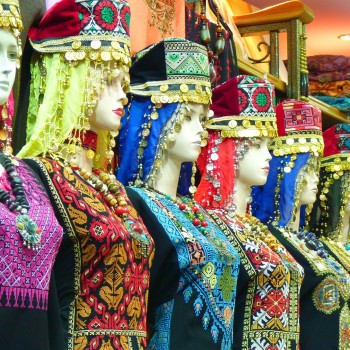
Aqaba Traditional Arts Festival
Date: February
The Aqaba Traditional Arts Festival aims to promote and celebrate the culture and traditions of the local Bedouin people. Handmade crafts are showcased for sale, helping to honor and preserve the traditions of the Bedouins. The festival is celebrated yearly in February.
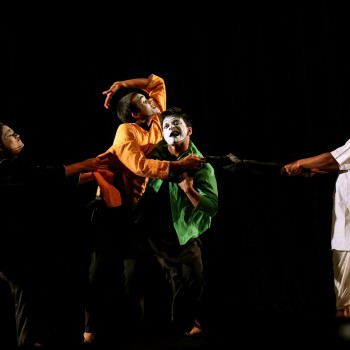
Amman International Theatre Festival
Date: March
Amman International Theatre Festival is a dynamic festival in Jordan that promotes theater and arts. This Jordanian festival is hosted by an independent theatre company and celebrates local and regional talent showcasing work and art from the area. Each performer has the chance to showcase their skills in English or Arabic manner. It is a unique chance to experience the arts and culture of Jordan.
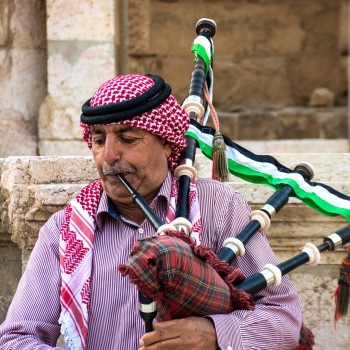
Jerash Festival
Date: July
The Jerash festival is one of Jordan's enormous and enthralling festivals. Held in the ancient and historic city of Jerash each year in July and is open to the public. It captivates thousands of visitors every year- both local and international.
The festival includes a variety of cultural events, such as workshops, lectures, and seminars. Music, dancing, food, and handmade crafts add to the vibrant atmosphere.

Rally of Jordan
Date: October
The Rally of Jordan features motorcar racing and rallying competitions held out in the desert, with the dunes being used as tracks for automobile racing.
It is a fantastic event that features 1008km of track for the rally drivers to race on. It is ideal for adrenaline junkies and thrill-seekers.
Attractions / Top Sights

Petra
When to visit: Mid-September, October, to Mid-November
The ancient city of Petra is Jordan's most famous tourist attraction and one of the world's most spectacular UNESCO World Heritage sites. One of the new Seven Wonders of the World was once inhabited by the Nabateans, Edomites, and the Romans.
Petra is located 240 km south of the capital Amman and 120 km north of the red sea town of Aqaba; Petra, the world wonder, is assuredly Jordan's most valuable treasure and greatest tourist attraction, and tourists from all over the world visit it.

Wadi Rum
When to visit: October to April
Wadi Rum is an adventurer's paradise with endless golden sands, rugged canyons, and sweeping star-studded skies. Perfect for hiking, camel tours, and even overnight stays in desert camps, this magical land of shifting dunes and reddened sandstone has been inhabited since prehistoric times and is home to nomadic Bedouin tribes.
Wadi Rum has stood in for Mars in several Hollywood films and was presented in the Lawrence of Arabia film scene in the 1960s.
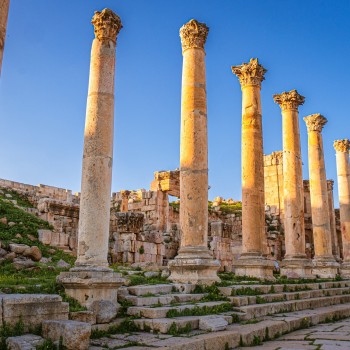
Colonnaded Street, Jerash
When to visit: September to May
Jordan's most extensive and most compelling Roman site, the ancient city of Jerash, is one of the world's best-preserved ancient Roman cities and features magnificent places to visit. Colonnaded Street is the city's majestic main road lined with columns on both sides and paved with genuine stones still rutted by the wheels of chariots.
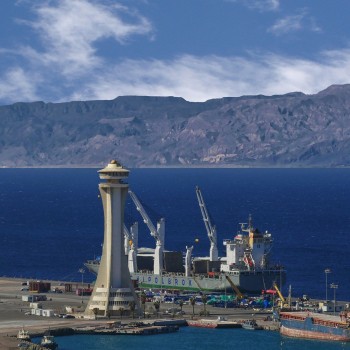
Aqaba
When to visit: November to April
Aqaba, a beach town on the southern tip of Jordan, treats tourists to holidays on the breathtaking coastline of the Red Sea. It offers action-packed watersports like float, swim, snorkel, and dive. And it has lively markets and local restaurants serving Jordanian cuisine and fresh seafood nearby.
While the water and beaches attract many people, the city’s prime location gives visitors access to many bizarre attractions in Jordan, including Wadi Rum and the famous lost city of Petra.
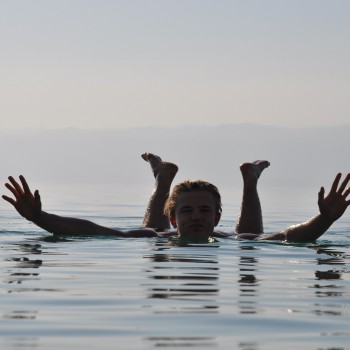
Dead Sea
When to visit: November to April
When to visit: https://earthobservatory.nasa.gov/images/77592/the-dead-sea
The Dead Sea is the lowest point of dry land on earth at 431m (1,414ft) below sea level, making for a beautiful natural miracle that no visitor to Jordan should miss. With its exceptionally salty but soothing waters, the mineral-rich mud has attracted visitors. Tourists can still float on their back on the therapeutic waters and luxuriate in the black mud.
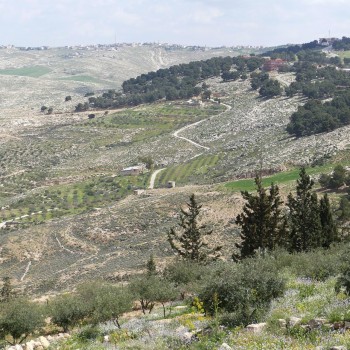
Mount Nebo, Madaba
When to visit: In spring time
Mount Nebo is one of the most sacred sites in Jordan, where Moses first viewed the Promised Land. Around 10km (6mi) from Madaba and about 1,000m (3,281ft) tall, the mountain is also believed to be Moses’ burial site, but this has never been proven.
The view from the mountain provides a panorama of the Holy Land, to the north, a more limited one of the valley of the River Jordan. Pilgrims of all religions have traveled here since the 4th century CE.
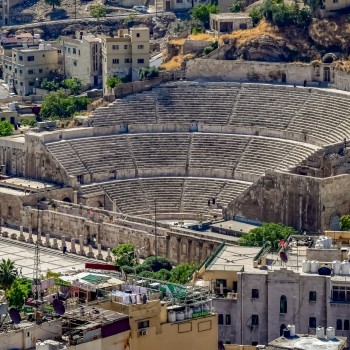
Roman Theatre, Amman
When to visit: November to April
Amman’s most renowned archaeological treasure and one of the most visited Jordan tourist attractions-Roman Theatre, is located in the heart of the bustling downtown district. The theatre was built in the 2nd century CE in the reign of Emperor Antoninus Pius and seated 6,000 people over three tiers. Restoration started on the ruins of the theatre in 1957. The site is now open to visitors, even hosting sporadic musical performances.
















